Why Hiring an Offshore Digital Marketing Specialist in 2025 Gives You a Competitive Edge
Introduction In an increasingly globalized business landscape, companies are continuously seeking cost-effective and efficient ways to improve their online presence. As the digital economy evolves, the demand for specialized expertise in online marketing continues to grow. Hiring an Offshore Digital Marketing Specialist in 2025 is an excellent way for businesses to gain a strategic advantage. With advancements in remote collaboration tools and digital analytics, organizations can now access a diverse talent pool from different parts of the world. This approach not only optimizes operational costs but also brings fresh perspectives that enhance digital marketing campaigns. Companies that leverage offshore talent can maintain a strong online presence while staying ahead of competitors in their respective industries. Access to a Diverse Talent Pool Moreover, offshore professionals often have access to advanced marketing tools and software. Many offshore digital marketing specialists are well-versed in industry-leading platforms that can enhance campaign performance. From keyword research tools to customer relationship management systems, these professionals use data-driven strategies to optimize marketing efforts. Their ability to analyze campaign metrics and make informed decisions helps businesses maximize their digital marketing investments while staying competitive in the industry. Cost Efficiency Without Compromising Quality Another significant advantage of hiring an Offshore Digital Marketing Specialist is the potential for cost savings. The cost of hiring local talent can be high, especially for small and medium-sized businesses with limited marketing budgets. By working with offshore specialists, businesses can access top-tier expertise at a fraction of the cost. Many offshore professionals offer competitive pricing structures that allow companies to allocate resources more efficiently while still achieving their marketing objectives. This cost advantage enables businesses to reinvest in other areas such as product development and customer service. Despite lower costs, businesses do not have to compromise on quality when hiring an Offshore Digital Marketing Specialist. Many professionals in offshore locations have extensive experience working with international clients and delivering high-quality results. They stay updated on industry trends and employ innovative marketing techniques to drive engagement and conversions. With proper vetting and collaboration, businesses can ensure they work with skilled specialists who align with their brand’s goals and values. Additionally, offshore specialists often work in regions with lower living costs, which translates to more affordable service rates. This does not mean lower expertise or productivity. Many offshore professionals operate in competitive job markets where they continuously enhance their skills to remain relevant. As a result, businesses that invest in offshore talent can receive high-quality marketing support without exceeding their budget constraints. The combination of affordability and expertise makes this approach highly attractive for companies looking to scale their digital marketing efforts. Round-the-Clock Marketing Operations A major benefit of hiring an Offshore Digital Marketing Specialist is the ability to maintain continuous marketing operations. Businesses operating in different time zones can take advantage of offshore teams working in various regions to ensure that their marketing efforts are ongoing. Offshore specialists can manage campaigns, create content, monitor analytics, and engage with audiences even when the company’s local team is offline. This approach enhances efficiency and ensures a consistent digital presence. The ability to run marketing campaigns across different time zones is especially valuable for businesses targeting international markets. Offshore specialists can schedule social media posts, respond to customer inquiries, and optimize campaigns based on real-time data. This helps companies maintain a dynamic and interactive online presence that fosters customer engagement. By leveraging offshore talent, businesses can create a seamless marketing workflow that enhances brand visibility and audience interaction. Furthermore, offshore specialists bring agility to digital marketing efforts. They can quickly adapt to market trends, implement changes, and execute campaigns without delays. Businesses that require fast turnaround times for content creation, email marketing, or pay-per-click advertising can benefit from the responsiveness of offshore professionals. Their ability to manage marketing tasks efficiently ensures that businesses remain proactive in their marketing strategies rather than reactive to industry changes. Enhanced Data-Driven Strategies Hiring an Offshore Digital Marketing Specialist allows businesses to leverage advanced data-driven strategies. Digital marketing is increasingly reliant on data analytics to measure campaign success and optimize strategies. Offshore professionals often have expertise in analyzing key performance indicators, customer behavior, and market trends. This data-driven approach helps businesses make informed decisions that enhance campaign effectiveness and audience targeting. Offshore specialists use tools such as Google Analytics, social media insights, and search engine optimization platforms to track performance metrics. They assess factors such as website traffic, conversion rates, and customer engagement to refine marketing efforts. By integrating these insights into their strategies, businesses can achieve better results and maximize their digital marketing investments. Offshore experts ensure that campaigns are continuously optimized for performance, leading to improved audience reach and higher conversion rates. Another advantage of working with offshore specialists is their ability to test and implement innovative marketing techniques. They stay updated on emerging trends in digital marketing and experiment with new strategies to improve campaign performance. By incorporating data-backed insights, businesses can refine their marketing approaches and stay ahead of competitors. Offshore specialists play a crucial role in ensuring that digital marketing efforts remain effective and aligned with market demands. Why Offshore Talent is the Future of Digital Marketing











